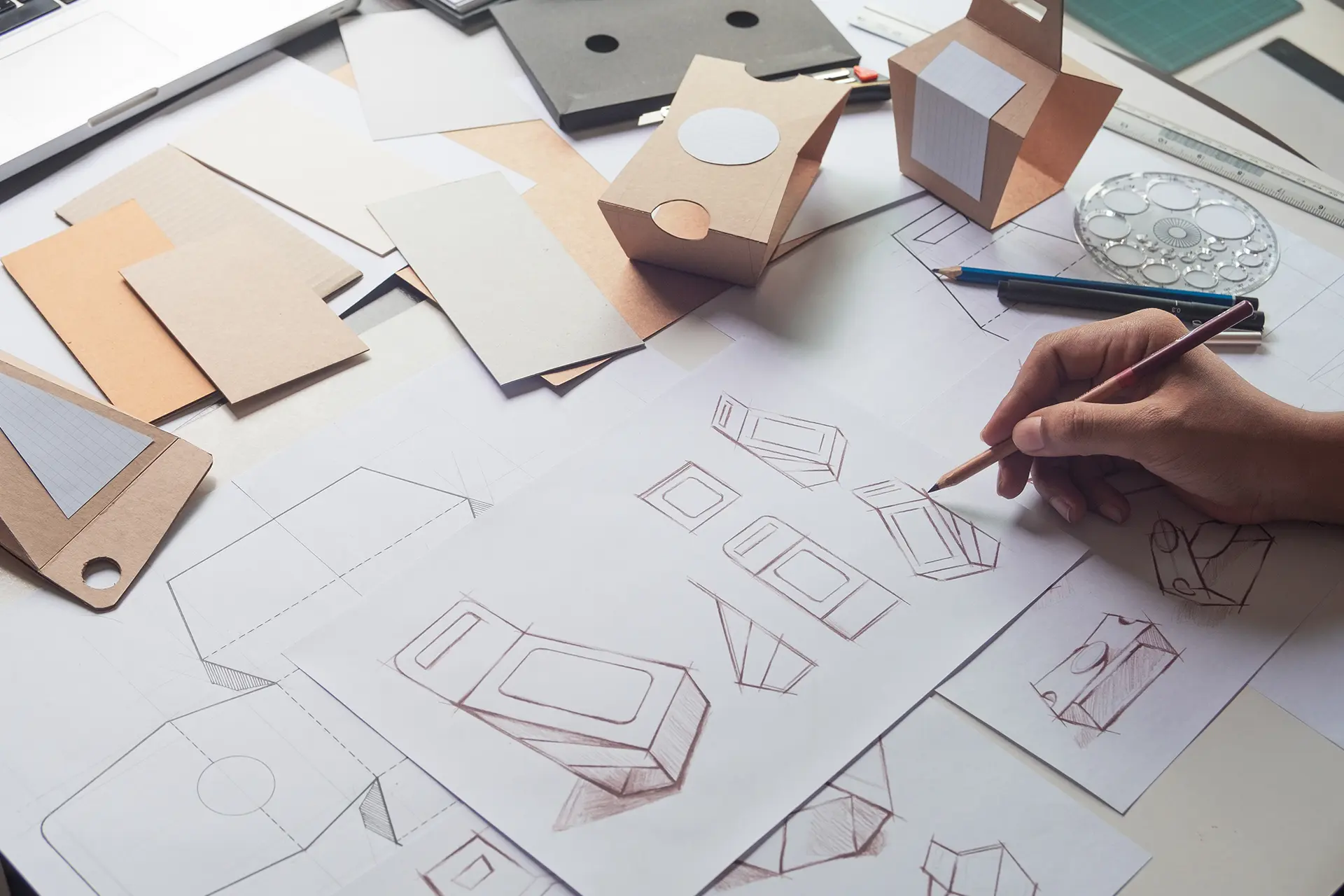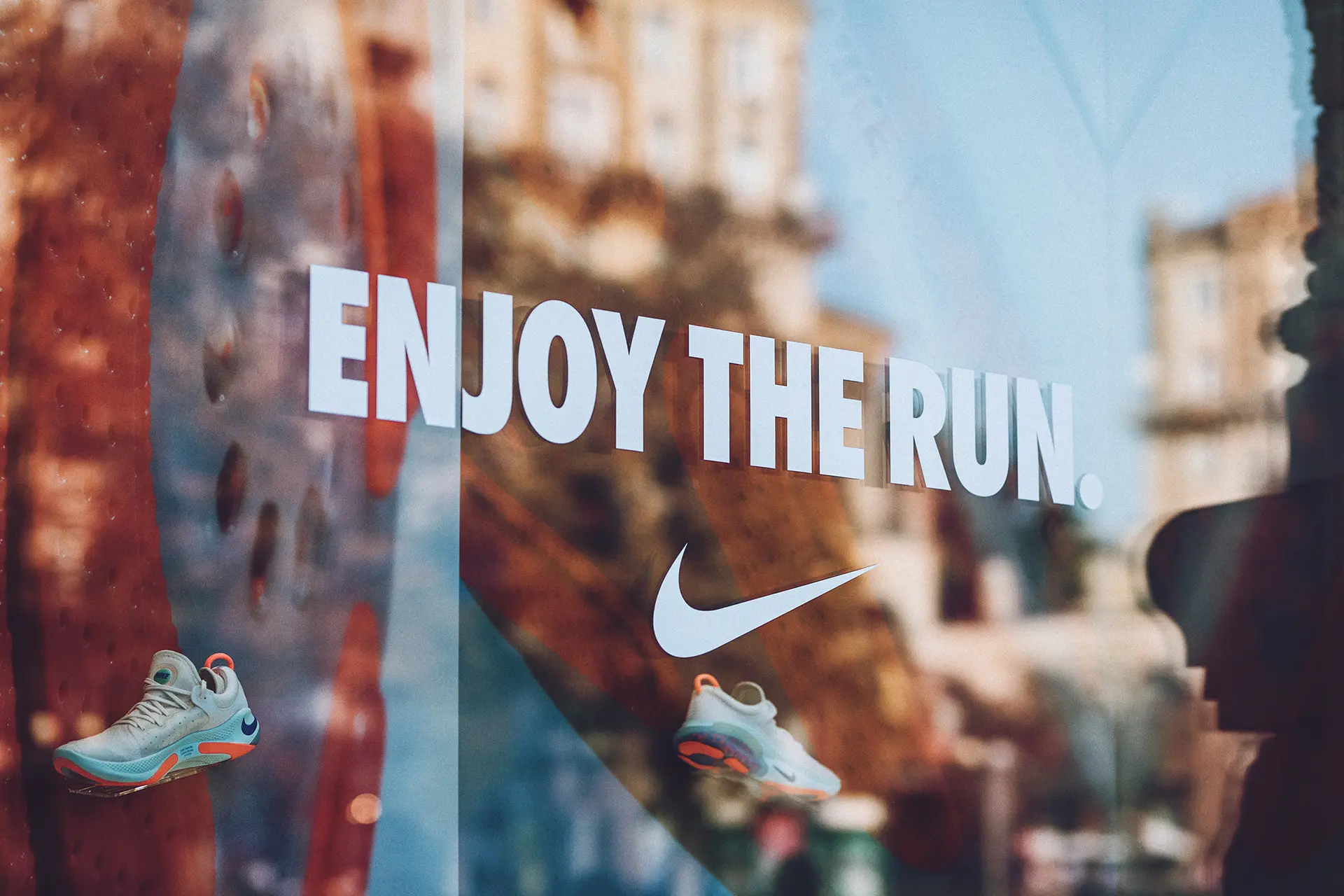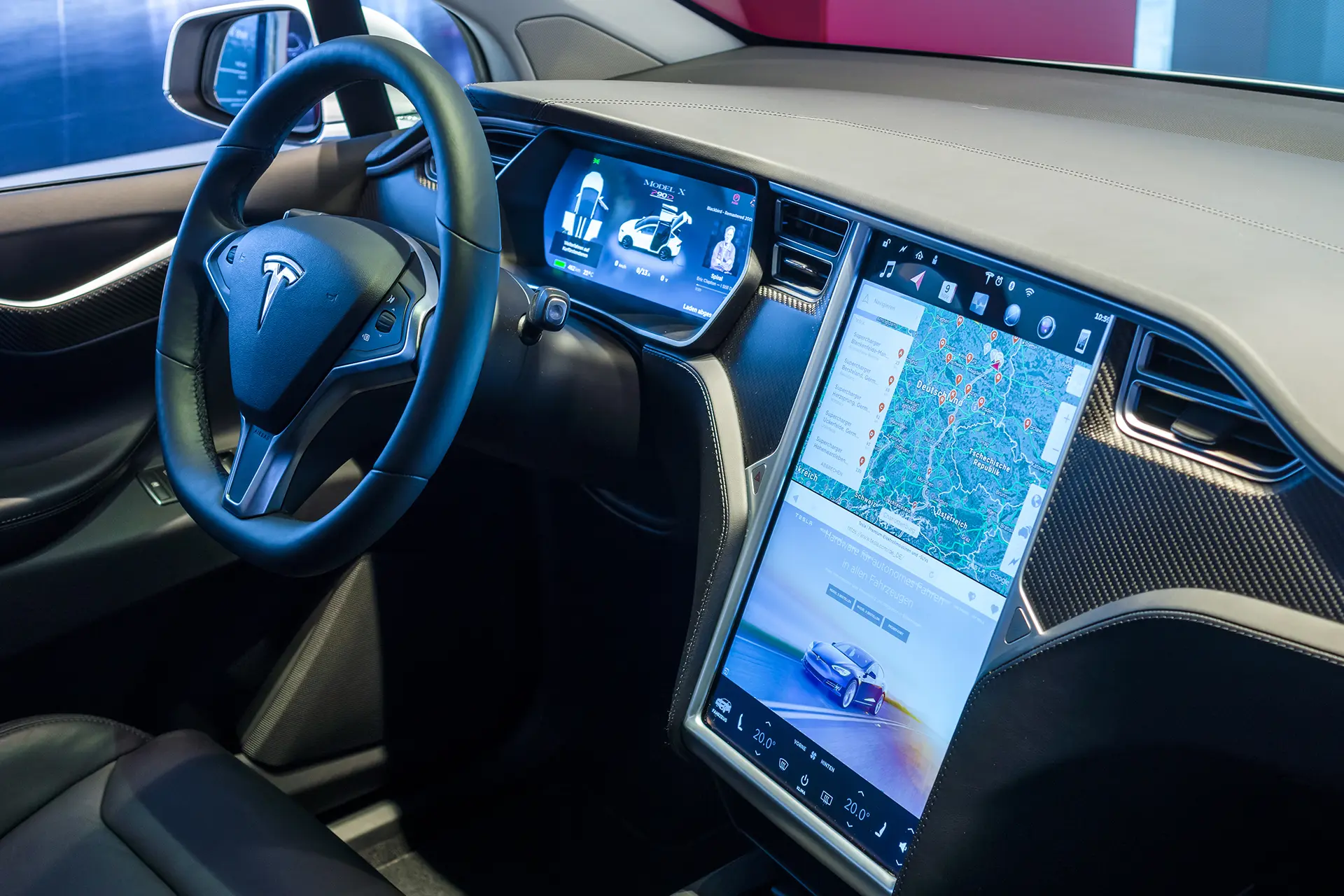DSGNJAVA
Design Thinking: The Creative
Engine of Modern Enterprises
Strategic Power of Design Part-2
March 18, 2025
Here’s how design transforms key aspects of business:
Product Development: From Concept to Creation
Design plays a critical role in transforming the way companies develop their products. Instead of merely focusing on functionality or technology, design brings a human-centered approach to product development. By putting the customer at the heart of the process, companies can create products that not only meet technical specifications but also resonate with users on an emotional and practical level. This approach leads to products that are more intuitive, user-friendly, and better suited to solving real- world problems. Companies like Apple and Dyson have famously used design to redefine product categories by combining cutting-edge innovation with a deep understanding of user needs.
Market Differentiation and Sales: Connecting with Customers
In a crowded marketplace, design offers a key differentiator that sets businesses apart from their competitors. It shapes not only the product itself but also how it is presented to consumers. Through design thinking, companies can craft compelling marketing campaigns that tell a cohesive story, connect emotionally with their audience, and communicate the value of their product or service in a way that resonates. Whether it’s through striking visuals, seamless user interfaces, or immersive customer experiences, design helps businesses capture attention, build trust, and ultimately drive sales.
Furthermore, design-driven companies are able to market more effectively by creating strong, consistent brand identities. Visual design, branding, and packaging all contribute to how consumers perceive a product. A well- designed brand identity can communicate values, create emotional connections, and inspire brand loyalty, making design an essential component of marketing success.

Service Design: Improving Customer Experience
Beyond products, design thinking also transforms how companies interact with their customers through service design. By mapping out customer journeys and identifying pain points, businesses can reimagine the way they deliver services to create a more seamless and enjoyable experience. This can be seen in industries ranging from retail to healthcare, where service design ensures that every customer touchpoint—from the first interaction to post-purchase support—delivers value and satisfaction. Improved customer experiences lead to higher retention rates, better word-of-mouth marketing, and stronger brand loyalty.
Talent Acquisition and Retention: Attracting Creative Minds
Companies that prioritize design often cultivate environments that are more innovative, collaborative, and open to experimentation. This attracts creative talent who want to work in dynamic, forward- thinking workplaces. By integrating design into their operations, these businesses foster a culture of creativity and innovation, empowering employees to think critically, challenge norms, and bring fresh ideas to the table. Design-driven companies such as Google and IDEO are known for their ability to attract top talent who are motivated by the opportunity to engage in meaningful, design-led work.
Moreover, the influence of design extends beyond product teams; it affects how companies structure their organizations and develop internal processes. Design thinking encourages cross-functional collaboration, breaking down silos and encouraging teams from various departments—marketing, sales, engineering, and customer service— to work together in creating cohesive, customer-centered solutions.

Competing in the Market: Staying Agile and Innovative
In today’s fast-paced business environment, agility and the ability to innovate are crucial to staying competitive. Design thinking, with its focus on rapid prototyping, user feedback, and iterative improvement, enables companies to remain agile. Instead of spending years perfecting a product before it reaches the market, businesses can use design to quickly launch, learn, and improve based on real user insights. This cycle of continuous improvement allows companies to stay ahead of the curve, innovate faster, and respond more effectively to changing market conditions.
Additionally, design enables companies to tackle complex business challenges with creative solutions, driving innovation not just in products but also in business models, customer experiences, and operational processes. Whether it’s developing a new product category or finding more sustainable ways of operating, design encourages businesses to think outside the box and find innovative ways to compete.
Brand Building: Creating Emotional Connections
A company’s brand is its most valuable asset, and design plays a central role in shaping how that brand is perceived by the world. Through visual design, storytelling, and customer experience, companies can craft a brand identity that resonates emotionally with consumers. A strong brand creates trust, fosters loyalty, and drives long-term business success. Design enables businesses to craft a consistent and compelling brand narrative that aligns with their values, vision, and the needs of their target audience.
Companies like Nike, Coca-Cola, and Tesla have mastered the art of using design to create iconic brands that evoke strong emotions and remain relevant in consumers’ lives. Their design strategies go beyond logos and packaging—they extend to every aspect of the customer experience, from advertising to product design to retail environments. This comprehensive, design-led approach to brand building has a lasting impact on customer loyalty and market dominance.
The transformative power of design is evident in every aspect of business—from product development to marketing, customer experience to talent acquisition. Companies that embrace design as a central element of their strategy are not only more innovative and agile but also better equipped to meet the needs of their customers and adapt to the evolving market. By integrating design thinking into the very fabric of their organizations, businesses can unlock new growth opportunities, differentiate themselves from competitors, and build lasting brand equity.
Ultimately, design has become more than just a tool for creating visually appealing products—it is a way of thinking that drives success across the entire organization.

Some Examples
Nike
Embracing Design for Innovation and Emotional Connection
When & How: Nike began its design transformation in the 1980s by focusing on product innovation, such as the Nike Air Max and other cutting-edge athletic shoes. With collaborations like Tinker Hatfield’s designs, Nike shifted to a design-driven culture that placed equal importance on performance and aesthetics.
Before Design Focus: Nike’s initial success stemmed from functionality and athletic endorsements, but it struggled with competition from brands like Reebok in the 1980s.
After Design Culture: By integrating advanced design and technology, Nike’s footwear segment contributed 68% of the company's total revenue in 2023 underscoring its market leadership.Design innovations such as Flyknit and its digital ecosystem (Nike+apps) strengthened customer loyalty and elevated the brand to a cultural icon.

Tata Group
Design as a Differentiator Across Diverse Industries
When & How: Tata Group embraced a design-led culture in the early 2000s, especially under the leadership of Sir Ratan Tata. By creating Tata Elxsi, a design-focused subsidiary, Tata fostered design thinking across sectors like automotive (Tata Motors), telecommunications, and software services.
Before Design Focus: Tata was known primarily for its large industrial and commodity-based businesses but struggled to differentiate in highly competitive markets like automobiles.
After Design Culture: Tata Motors' launch of the Tata Nano and acquisition of Jaguar Land Rover in 2008 showcased its shift toward design excellence. JLR’s design revamp significantly boosted sales, with full-year sales for the financial year 2024 rising by 22% to 431,733 units, highlighting strong market demand and strategic innovation. Tata’s design-led innovation has also supported growth in sectors like IT and consumer products.

Tesla
Design-Driven from the Start to Disrupt the Auto Industry
When & How: Tesla embraced a design-first mindset from its inception in 2003, with Elon Musk pushing for an all-electric vehicle that was both high-performance and visually stunning. The design of the Tesla Model S in 2012 set a new standard in automotive design, focusing on user experience, minimalism, and cutting-edge technology.
Before Design Focus: Tesla, as a startup, faced skepticism about the viability of electric vehicles, with concerns about performance and adoption.
After Design Culture:Tesla’s design-led approach has turned it into a dominant force, with a 75% share of the U.S. electric vehicle market as of 2022.Its sleek designs, coupled with innovation in battery technology, have driven Tesla’s market capitalization to over $800 billion, making it one of the most valuable companies in the world.
All three companies—Nike, Tata Group, and Tesla—show how embracing design transforms not just products, but brand perception, customer loyalty, and financial performance. Each company's pivot to a design-centric culture resulted in significant revenue growth, market share expansion, and global recognition, offering compelling evidence for investors and senior management to prioritize design thinking in their strategic initiatives.





